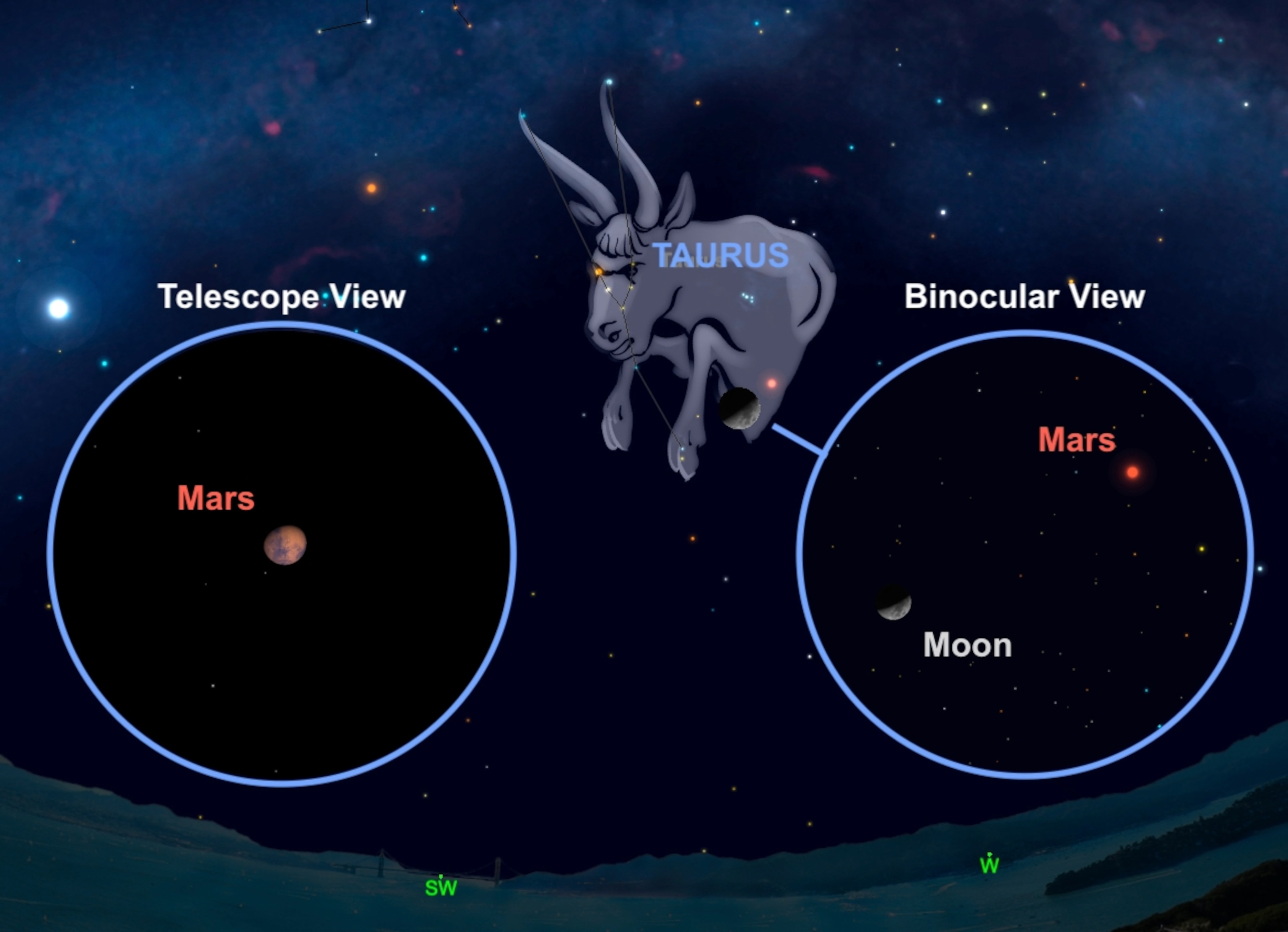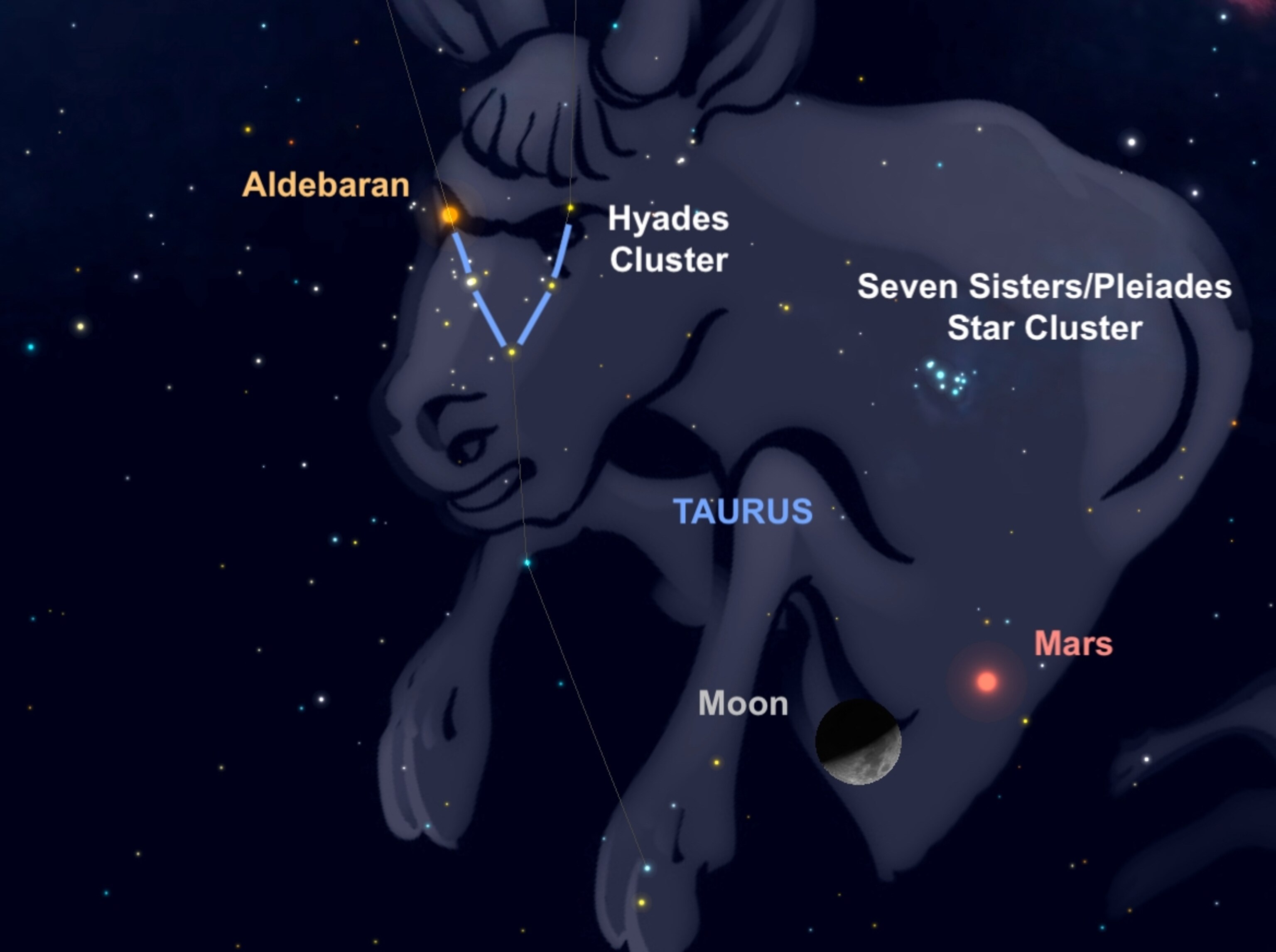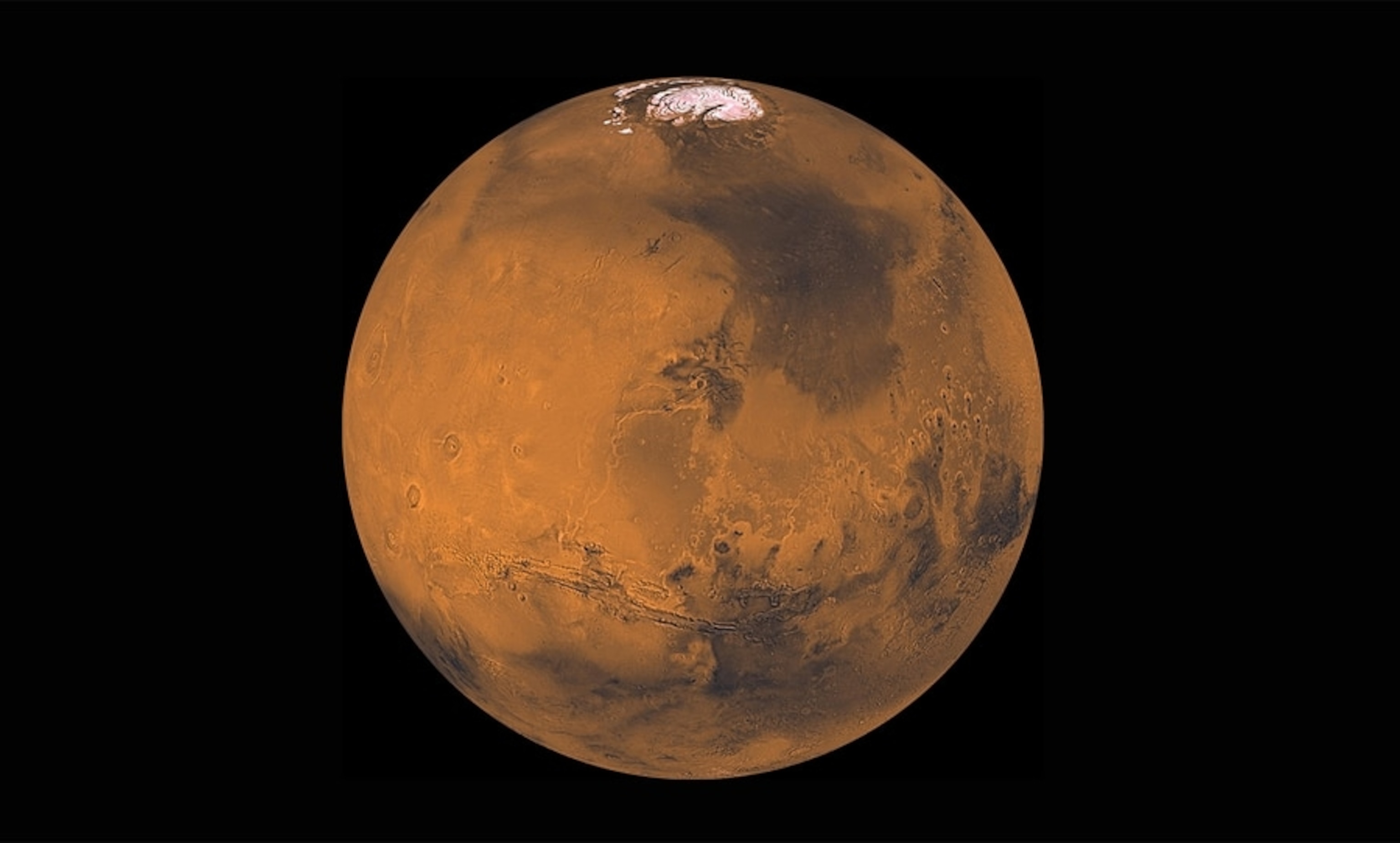An eight-month journey across hundreds of millions of miles of deep space is about to come to an end for NASA’s Perseverance rover. If the robotic rover survives what mission engineers call the “seven minutes of terror” as it plunges through the Martian atmosphere, Perseverance will broadcast radio signals on February 18 around 3:30 p.m. EST that it has landed on Mars.
For the next two years, the rover’s new home will be at the bottom of a city-size Martian crater called Jezero, once filled with water. Equipped with a suite of scientific instruments, the six-wheeled laboratory will search for signs that life may have once existed on Mars and collect samples for a future spacecraft to return to Earth. The rover will also test a tiny drone helicopter named Ingenuity, the first human-built aircraft to fly on an alien world. (Learn more about NASA’s Perseverance rover at Nat Geo Kids.)
That’s when the real fun begins for NASA scientists. But Earthling families can also explore the mysterious red planet—just by looking up.
No equipment needed
Families can easily spot Mars in the evening sky anytime for the next few months because of how our two planets are positioned in relation to the sun. And in an amazing coincidence, on the day the Perseverance rover is scheduled to land, Earth’s moon will appear right next to the red planet.
Have kids look for Mars’s distinct orange-red hue, caused by oxidized iron dust that covers its entire surface. (It’s the same chemical reactions that form rust here on Earth.) This fine dust is often whipped up into dust storms by 186-mile winds that can envelope the entire planet. What Earthlings are seeing is the reflected color of the red dust as light from the sun bounces off the planet’s landscape.
Another fun viewing activity: Over the coming weeks and months, watch as Mars appears to slowly fade and sink closer and closer to the southwestern horizon. Earth and Mars circle the sun in separate orbits, and what kids are seeing is Mars is slowly moving away from Earth onto the other side of the sun.
Some equipment needed
Spacecrafts observing Mars have discovered this distant world has breathtaking beauty. With mountains three times higher than Mount Everest and canyons five times longer than the Grand Canyon, future adventurers have plenty to explore.

But with even the smallest telescope, kids can explore plenty about Mars right here from Earth. Looking through one, the planet transforms into a tiny disk. Have children watch closely under high magnification to pick out subtle patterns of light and dark shadings similar to those seen on our moon.
Ask kids to look for a tiny white dot at the bottom of the Martian disk. That’s actually a south polar cap filled with a frozen mixture of carbon dioxide and water.
The darker shadings are the windswept rocky ridges and mountains ranges. The lighter regions are the dusty cratered plains, where many past robotic missions have landed.
Take a Martian selfie
Create your own family souvenir of this epic space event by snapping a Mars selfie with a smartphone. Here are some tips for those low-light conditions:
• Mount your phone on a tripod and use a remote timer to minimize shaking and avoid blurry shots.
• Use your phone’s manual control for camera settings and set the focus on infinity.
• Play with different exposure settings between one and 30 seconds, and ISO to 800.
• If your phone doesn’t have manual control or shutter-speed options, look for apps that simulate this effect.
• Don’t forget to turn off your flash.
• Try to include the horizon, trees, or other foreground objects to frame your photo and give it a cool perspective.
Mars and beyond
Viewing Mars is a great jumping-off point for kids to look for other treasures in the night sky. Some seem really close to the red planet but are actually way beyond our solar system.

For instance, a bright-orange star called Aldebaran appears next to Mars but is actually 66 light-years away from Earth, meaning it takes 66 years for light from this star to reach our planet. (On landing day, Mars will be 11 light-minutes away.) The star marks the red eye of Taurus, the bull constellation, and appears as part of a giant V-shaped pattern of bright stars. Called the Hyades cluster, this group of young stars sits 170 light-years from Earth.
And just above Mars is another cluster of stars that are packed together so tightly that they look like a fuzzy little patch of light. Known as the Seven Sisters or the Pleiades, the cluster was even mentioned by Homer in the Iliad and Odyssey around 750 B.C.
Here’s something to boggle kids’ brain with: the Pleiades is so far away that it takes light 400 years to reach their eyes. And even though our solar system’s planets are much closer than even the nearest stars, light from Mars—as well as Perseverance’s radio signals—takes just over 11 minutes to reach us here on Earth.
So when kids look at objects in space, they’re basically looking back in time!




